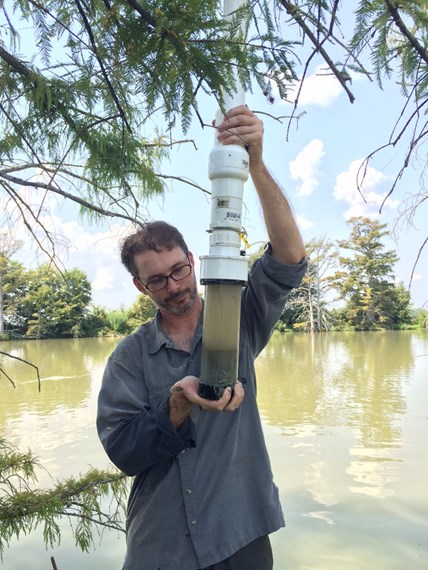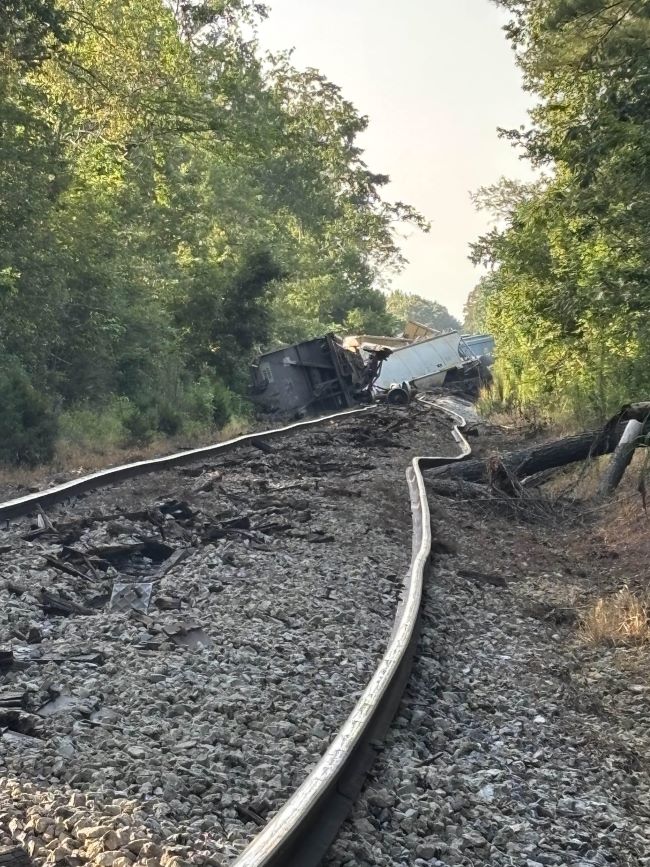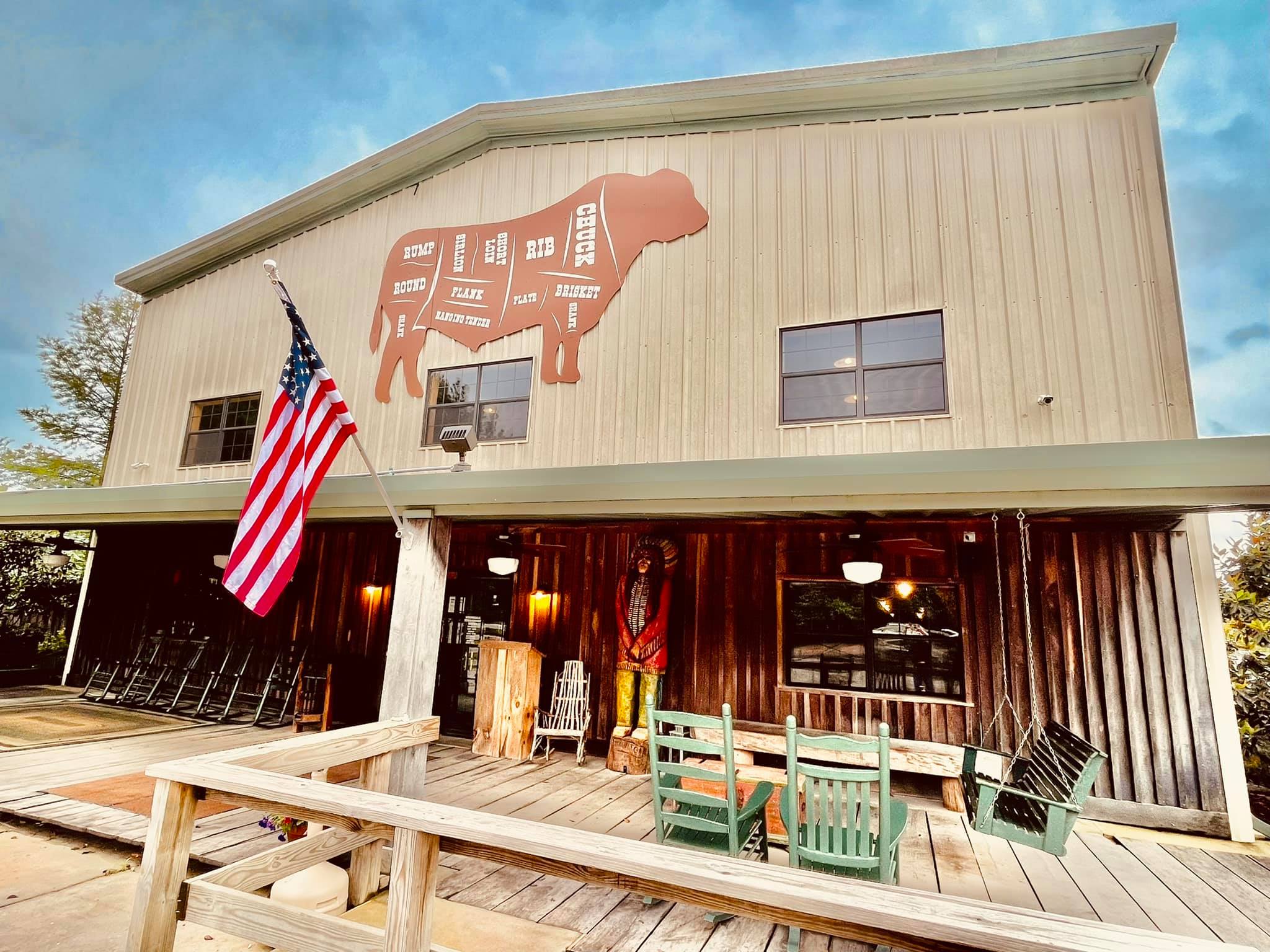USDA’s Agricultural Research Service honors Oxford scientist
Published 5:39 am Monday, September 18, 2017

- Dr. Jason Taylor was presented last week with the Early Career Scientist Award for the Southeast Area of USDA-ARS
Scientist Dr. Jason Taylor’s research has taken him to Texas, Ohio and New York, and more recently to Oxford as a research ecologist for the USDA’s Agricultural Research Service at the National Sedimentation Lab, Water Quality and Ecology Research Unit off McElroy Drive.
While he’s only been with the USDA since 2013, he’s already being recognized for his work in Oxford.
Taylor was presented last week with the Early Career Scientist Award for the Southeast Area of USDA-ARS, an award that recognizes the achievements of ARS researchers with the agency for seven or fewer years. He learned about the award in July.
“I was surprised to receive the call from Dr. Simon Liu (associate administrator of Research Operations) and it definitely made my day to know that my research was going to be recognized,” Taylor said Saturday.
The award was based on Taylor’s research on denitrification in vegetated drainage ditches and their potential to remove nitrogen in agricultural runoff water from farms.
“When it rains, water runs across farmland, potentially transporting pesticides and fertilizer from farm field to freshwater habitats (lakes, rivers),” he explained. “The first habitat that water hits is usually a ditch and my research demonstrates that certain types of wetland plants planted in ditches can remove significant amounts of nitrogen (fertilizer) from the water as it travels through the system. The removal involves a process called denitrification, where bacteria consume the nitrogen and convert it into a gas. This is a good thing because the air we breathe is 78 percent nitrogen and in its gas form, it has little influence on biological systems.
“In other forms, it is utilized by plants for growth which is why it makes for a great fertilizer. The problem is when unused fertilizer finds its way into freshwater systems there can be environmental consequences such as large algal blooms. The best example is in the Gulf of Mexico, off the coast of Louisiana, where excess nitrogen transported to the Gulf by the Mississippi River can lead to algal blooms that make it difficult for marine life to survive. My research is focused on finding simple and innovative solutions to removing nitrogen from agricultural runoff water before it gets to the Gulf.”
Taylor said the award ceremony this past weekend gave him a chance to meet USDA Scientists of the Year awardees from around the nation, and the four ARS Scientist Hall of Fame inductees, including fellow Oxonian Dr. Stephen Duke from USDA Natural Products located on the University of Mississippi campus.
“I also was able to interact face to face with top management within the agency including our agency administrator Dr. Chavonda Jacobs-Young and the Southeast Area director Dr. Deborah Brennan, which was a great experience as a young scientist,” Taylor said.
The Sedimentation Lab in Oxford focuses on projects designed to better understand how freshwater ecosystems function in agricultural landscapes like the Mississippi Delta.
“A big component of our research is understanding how these habitats can be managed to help remove agricultural pollutants from water with the ultimate goal of maintaining agricultural production to meet the food needs of a growing global population while also improving or maintaining the health of lakes, rivers, and oceans,” Taylor said.
Taylor said while he’s honored to be recognized, several others have helped him along the way.
“My recent success was made possible by great collaborators and support staff,” he said. “I want to thank my research leader Dr. Martin Locke, my collaborators on this research topic including Dr. Matt Moore (USDA), Dr. Thad Scott (Baylor University), Dr. Rachel Nifong (USDA), Dr. Lindsey Yasarer (USDA), Shannon Speir (former student), support scientists Sam Testa and Terry Welch, and Ole Miss student worker James Gledhill for all their contributions to my research program.”
“Jason’s research is vital to our advancement of water quality and conservation of natural resources,” said Dr. Matt Moore with the USDA.





